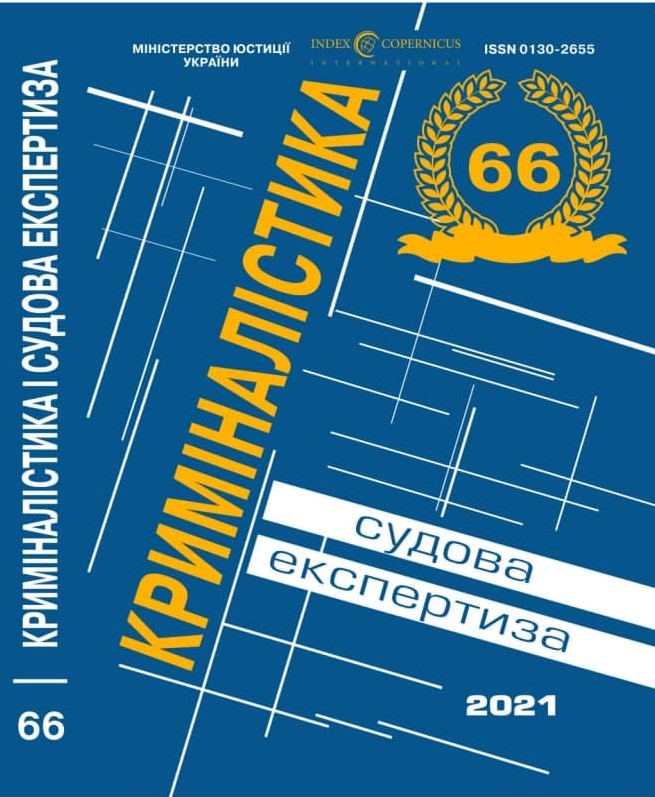DOI: https://doi.org/10.33994/kndise.2021.66.40
А. Kovalenko
The article forms the conceptual principles of use of digital 3D model as means of cognition and display of signs of a criminal offense in criminal proceedings. A 3D model can be defined as a digital, three-dimensional image of an object, which reflects its external structure and color, accurately and proportionally reproduces the ratio of its spatial features. It can directly contain information about the shape, proportions, color and mutual placement in space of the elements of the original object. Provided the manufacturing technology is followed, the model is isomorphic to original object. Such a model serves as a means of cognition and reflection of forensically significant features of a criminal offense.
The main methods for making 3D models are reconstruction (modeling) and scanning. 3D reconstruction (or 3D modeling) can be defined as the process of reproducing a 3D model of a forensic significant object based on information about it contained in the materials of criminal proceedings. The reconstructed models can be used during investigative (search) actions and for solving organizational problems. 3D scanning consists in the direct fixation of the external spatial features of the object using a special software and hardware complex, followed by the formation of a digital three-dimensional model of the object. Subject to compliance with the procedural requirements for the use of technical means of fixing forensically significant information, scanned 3D models will be sources of evidentiary information in criminal proceedings.
3D scanning is a promising method for recording the course and results of an inspection of the scene of an incident, inspection of a corpse or things; it can be used for fixing signs of a person’s appearance, as well as for solving identification and diagnostics tasks in forensic activities. The invariability of the 3D model can be ensured by calculating the hash of the file that contains it.
Key words: cognition, signs of a criminal offense, forensically significant information, 3D model, 3D modeling, 3D scanning

